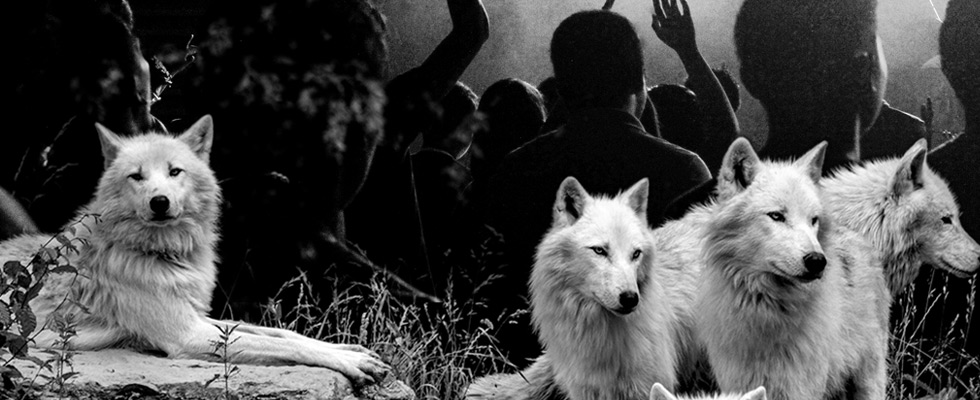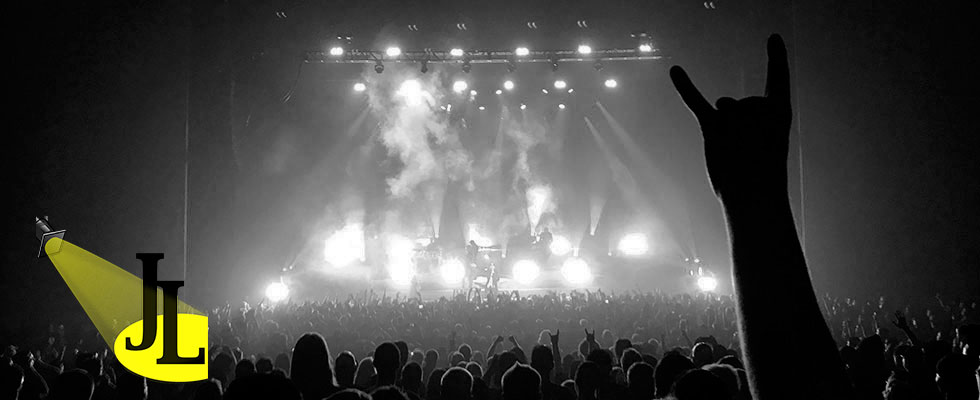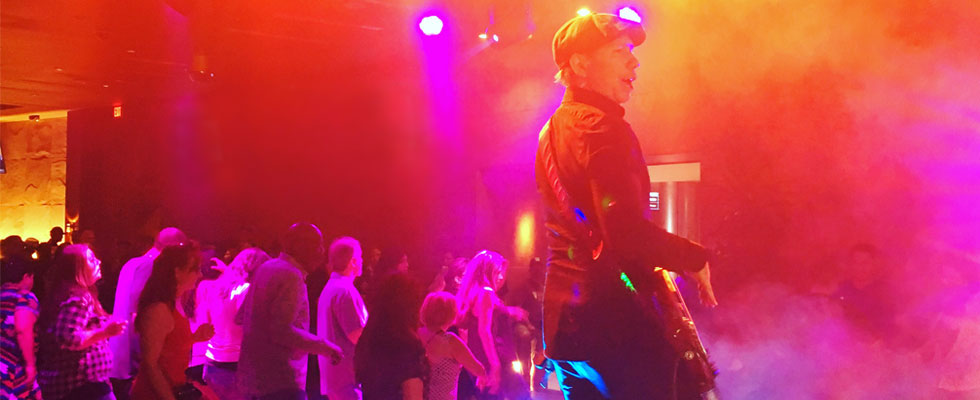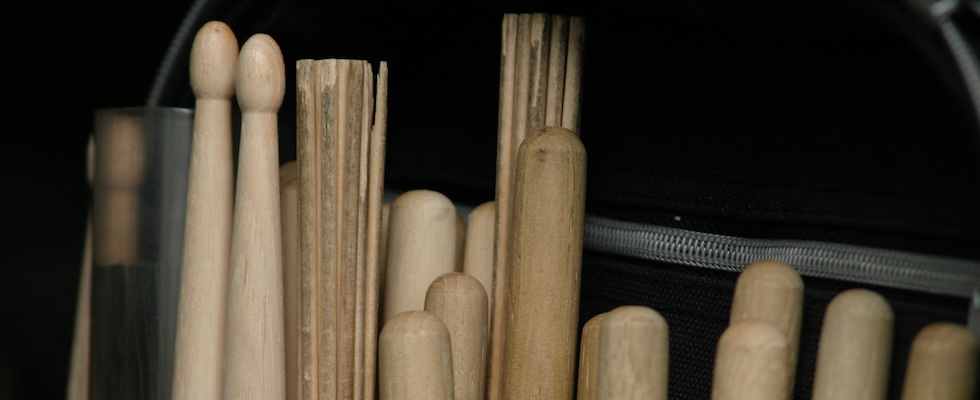
Regardless if we want to believe it or not, at our very core humans are animals. As such, there are primitive psychological behaviors that influence many of the things we do – even if we don’t notice that we are doing them. One of these rituals is the need to follow the herd.
At its core, herd mentality is a survival instinct ingrained in our DNA. According to Pat Thomas, general curator at the Bronx Zoo. Over the course of our evolution, we have been taught that individual members of a herd should relate and act in a similar fashion so they do not stand out and appear different from other members of the group. Why? Because, in the wild if a member of the herd acts too much out of the norm, they are often singled out by a predator and do not survive.
Over the course of human evolution, this survival instinct has become lodged in our brains. Dr. Gregory Berns, Professor of Neuroeconomics and Director of the Center for Neuropolicy at Emory University, informs us that those fear receptors are located in a very specific spot called the amygdala, which is comprised of the brain stem and cerebellum. Some still call this the old mammalian brain and not only is this place responsible for that fear of being eaten by a predator, it is also accountable for our emotions, long-term memory, connects events with feelings and controls hormones and body temperature.
So, why is this entertainment manager spending his time explaining biology and evolution? What does this all have to do with booking entertainment?
Let’s put the pieces together.
First, the ingrained concept of pack protection that is inherent in all of our mammalian brains causes us to seek out crowds of people whenever we are in a public environment. It is something we do naturally and often without even noticing it. It works like this. A potential consumer walks by the room and sees it is jammed with people. Subconsciously the receptors in their mammalian brain begin to fire, kicking in long-term memories and coded DNA from the evolution of our species, which tells them they would be safer within the pack, so they enter.
Many will argue that sold out shows are the result of numerous causations such as marketing spend, notoriety of the performer or club, day of the week, etc. These are correct assumptions. However, marketing teams and management often cease their efforts once the show has begun. This is ill-advised, because it is likely that they will achieve greater success if they continue to strategically manage the room once doors are open in an attempt to first achieve, what I call, the adoption tipping point and then work to avoid (another one of my terms) the exodus tipping point.
The adoption tipping point is when the room begins to build at an exponential number. If you have ever worked in a live environment you will notice that a 200 plus person venue will not grow with only ten fans in attendance. However, once twenty, thirty, forty or more arrive the adoption cycle approaches a steeper upward slope. Studies by Rick Nauert PhD and his team at the University of Leeds, discovered that it takes a minority of just five percent to influence a crowd’s direction and the remaining 95% follow, without realizing it. In my years as both an entertainer and manager, I have witnessed this phenomenon. For instance, I have watched the attendance of a 253-person club jump nearly 370% in less than 15 minutes due to the adoption-tipping point being initiated.
Unfortunately, the same biological influencers can also work against club attendance. If enough of the crowd is removed, evolution causes the brain to re-investigate the environment and if it is deemed unsafe (too few in the pack) it will initiate the fight or flight reflex. As you guessed it, just like adoption a tipping point will be reached and exponential losses will occur.
These biological influencers suggest that, with the assistance of proper marketing and promotion, management should seek to ensure that (1) the adoption tipping point is achieved as soon as possible; and (2) the room should constantly be monitored and adjusted to avoid the exodus tipping point. Here are a few suggestions to get you started.
- Start with a stacked deck. Entertainers should have a following of at least 10% of room capacity or the venue should provide ways to increase the initial attendance to at least 10% out of the gate. Offering free entry, free drinks, etc. can achieve this. Females are of particular importance, because they initiate the mating behaviors of males, which are also controlled by the mammalian brain. However, many venues think that just letting ladies in for free the whole night will work. This isn’t necessarily true. It is best to find ways to stack the deck early and reach the adoption tipping point as soon as possible. However, it serves a club little purpose to let in females for free if they are approaching capacity. Instead, they should hold off on free entry until the exodus tipping point is being approached and then open up the floodgates to prevent the negative tipping point from being hit. Letting ladies in for free is important – but it should be done strategically throughout the night.
- The venue should never be dead. This is extremely true in live entertainment situations where bands take breaks. Keep the lights on, keep the instruments lit, keep the music pumping and keep people on the dance floor. If there are televisions in the club, do not turn them on, especially to sports or the news. Do everything you can to remind people that the show will continue. Breaks should never be used to calm the room down as that would inevitably cause you to reach the exodus tipping point.
- Breaks should never be longer than fifteen minutes. To be honest, in today’s market breaks shouldn’t exist. I know a lot of entertainers will send me hate mail on this one, but it is the truth. There should be a DJ or other entertainment happening if the group must take a rest. Consumer behavior has radically changed to the point that even thirty-second television commercials are becoming obsolete. The modern consumer’s attention span has diminished by unprecedented amounts. What makes you think they will hang out for fifteen minutes while the band is on break? My on-site research estimates that for every two to five minutes after a fifteen-minute lull in entertainment attendance drops by nearly 10% and follows a strong negative compounding effect from that point onward. Keep the energy up. Do a raffle, have the bartenders do tricks, give out free drinks, monitor band breaks religiously, or find entertainment that doesn’t need to rest for so long.
- Be fluid. Someone needs to take control of the room and monitor behavior for an approaching exodus tipping point. They must have the authority to make changes “on the fly” including promotions, getting the entertainment back on stage, or letting in females for free without resistance that will cause the exodus point to be hit.
In closing, there are no hard numbers for an adoption or exodus tipping point. Entertainment is largely qualitative in nature and numerous outside forces impact the speed at which a room reaches capacity and when the process reverses. It is up to the club owners and management to gauge their venues. I would encourage many to start off by logging hourly headcounts. Don’t worry about bar sales or other metrics at this point. Create a baseline over the course of at least a month or longer. If you utilize numerous styles of entertainment, you should have multiple metrics for each act. Numbers are an amazing tool and they will reveal very valuable information including when the room generally approaches capacity, when the trend reverses, and which styles of entertainment help you approach a full house quicker and which hold crowds longer. From there, make adjustments and then re-analyze your results. Continue this process as you adjust for demographic parings relative to bar sales and marketing.
For all of you “marketing whizzes” out there, remember true marketing is not just about pretty posters and television commercials. It is part quantitative science that involves understanding numbers and how to adjust your business environment to move those metrics into a positive relationship. In entertainment management, a large portion of this analysis is done during the show.









